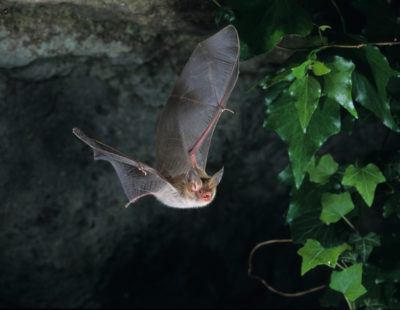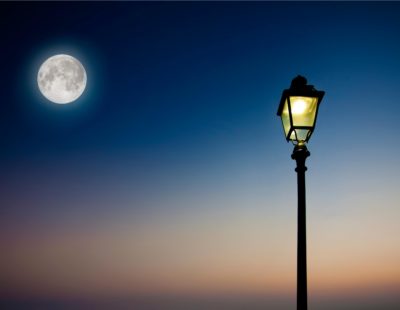Visible light pollution picked up by satellites has increased by 49% in just 25 years, with scientists estimating the true increase to be much higher – sitting at around 270% (source). With insect populations declining and many of us never experiencing the beauty of true night, the need for responsible outdoor lighting has never been greater.
Solareye is a market-leading supplier and manufacturer of high quality solar ground lights. We’re always looking for ways to minimise the impact of our lights on the environment, without compromising on visibility or safety. This commitment has already led to the development of our Bat Hat device, and our warm white colour offering.
In this article, we provide a complete guide to responsible lighting, underscoring its importance.
What is responsible outdoor lighting?
Responsible outdoor lighting is lighting that minimises its contribution to the problems of light pollution such as glare, light trespass, and sky glow. According to the World Atlas of Artificial Night Sky Brightness, 80% of people globally live under sky glow, with the number of artificially lit areas increasing by 2.2% annually worldwide.
Responsible lighting attempts to combat these effects by designing lighting schemes sensitively, with human health, the night sky, and nearby ecosystems in mind. Simply put, it’s about limiting light at night, reducing over illumination, and always considering nocturnal wildlife in lighting schemes.
Bat Hibernation & the Impact of Outdoor Lighting on Bats >
Why is responsible lighting important?
Light pollution disturbs the natural rhythms of night and day that have governed life on earth since the dawn of time. Not only does the excessive use of outdoor lighting waste vast amounts of energy in the midst of our climate crisis, but it also disrupts ecosystems and the behaviour of wildlife, and even impacts human health.
Many UK animals are nocturnal, meaning their behaviours depend on darkness. Shifting the patterns of night and day, or reducing the intensity of the darkness is having a catastrophic impact on their ability to survive.
For example, many moths are drawn to sources of light, perhaps linked to their use of the moon as a navigation aid. The problem is, moths don’t expect to reach the moon; but they do reach artificial lights and ultimately burn to death.
This attractive quality of lights poses issues for nocturnal ecosystems. For one, it creates dead zones where light averse bats find their prey has all been drawn away from darker areas. It also means insect populations are reduced overall, making it more difficult for the predators that depend on them to survive.
And it affects us too. Not only do we lack the ability to revel in the wonder of the night, but exposure to blue nocturnal light suppresses our production of melatonin – the so called ‘hormone of darkness’. This decrease has been linked to a number of serious health conditions like cancer, and can severely disrupt the sleep-wake cycle.
Find out more about the impact of light pollution >
The five principles for responsible lighting
- – Useful – light should be installed in locations only where it it is absolutely necessary and has a clear purpose. To that end, lights should be carefully spaced and located to fulfil their function, whilst maintaining dark refuges and navigational corridors for wildlife.
- – Targeted – light should be directed at its target and upwards light spillage minimised. Our Bat Hat, for example, can limit upwards light spillage by 98%, directing light only where it is needed, without contributing to sky glow.
- – Low light levels – any lights that are necessary should operate at the lowest light levels that will allow them to fulfil their purpose. Over illumination can easily spread to other areas, reducing dark refuges and attracting more wildlife to their end.
- – Controlled – to further minimise the unnecessary presence of light, timers and motion sensors should be used to control when they illuminate. Not only does this reduce the amount of time you are illuminating for, but it also reduces unnecessary energy waste. Take this one step further and choose solar lights, and you can eradicate electricity costs altogether.
- – Colour – warmer colour temperatures should always be chosen over shorter wavelength (blue-violet) light. This is because insects are less attracted to warmer colour temperatures; in a study, 60% fewer insects visited traps illuminated by a golden-coloured light.
Responsible lighting powered by renewable energy
Our solar ground lights are not just designed to limit unnecessary illumination; they’re also 100% powered by energy from the sun, producing zero carbon emissions during operation. Combined with our Bat Hat device which limits upwards light spillage by 98%, and our warm white colour option (far less attractive to insects), our lights put responsibility first.
If you’d like to discuss your lighting scheme, find out more about any of our products, or just ask some questions, feel free to give us a call.
Read next: Lighting for Dark Skies – The Ultimate Guide to Dark Sky Friendly Lighting





